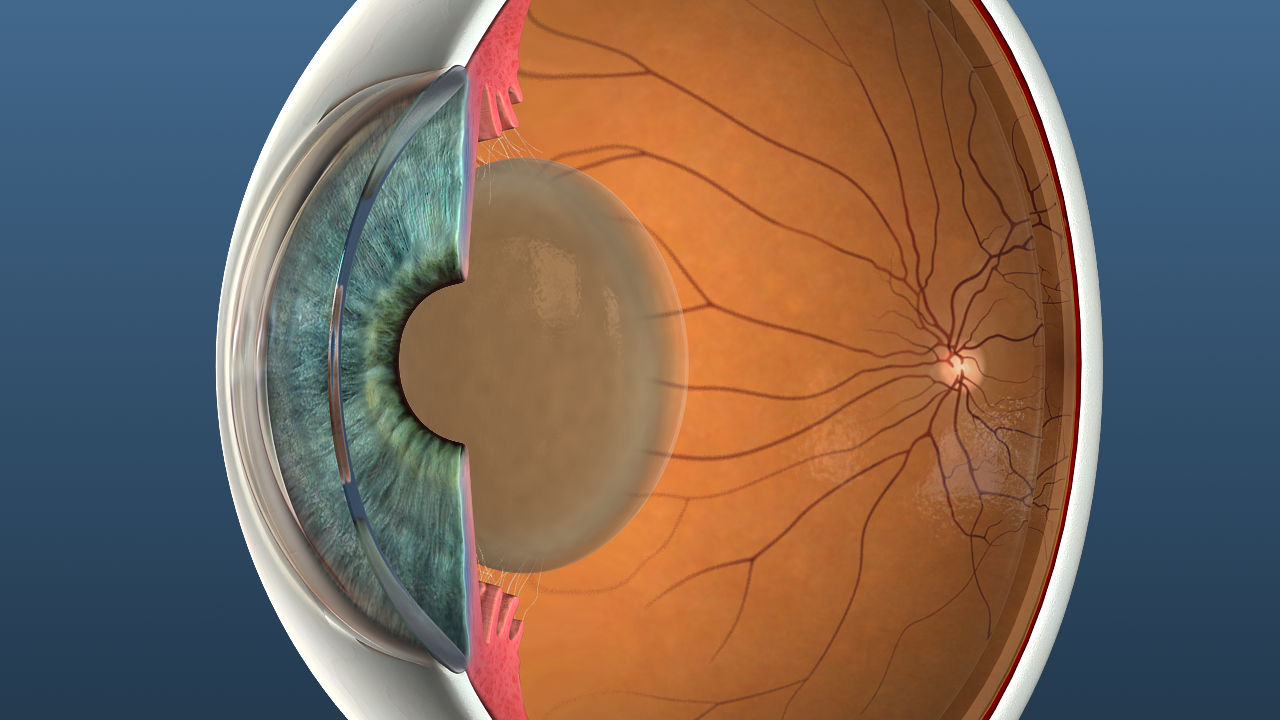Cataracts are the most common cause of vision loss and the leading cause of blindness for people all over the world. Age-related clouding of the eye’s lens affects more than 24.4 million Americans age 40 and older, according to the American Academy of Ophthalmology (AAO). By 2050, the number of people in the U.S. with cataracts is expected to double to about 50 million, according to the National Eye Institute (NEI). Despite their prevalence, many misconceptions prevail about the condition. Since June is Cataract Awareness Month, this is a great time to educate your patients and clear up some of these common myths about cataracts.
Myth #1: Cataracts only affect seniors
It is true that cataracts are very common in older people, and that most cataracts are related to aging. By age 80, more than half of all Americans either have a cataract or have had cataract surgery, reports the NEI.
However, the term “age-related” cataract is a little misleading and can be confusing to patients. In fact, people can have an age-related cataract in their 40s and 50s. But because most cataracts are small and do not affect vision in middle-aged people, they may not notice the effects until years later.
Depending on the patient, you may want to explain to them that there are other types of cataracts as well, such as traumatic cataracts that occur as a result of an eye injury, and secondary cataracts, which can form after surgery for other eye problems, such as glaucoma.
Myth #2: Cataracts are just a part of aging and there’s nothing you can do about them
While cataracts cannot be prevented, let patients know there are several things they can do to slow their progression. These include wearing UV-protected sunglasses, eating a healthy diet, and taking nutritional supplements.
Make a particular effort to educate your higher-risk patients: researchers suspect that there are several causes of cataract, such as smoking and diabetes, according to the NEI. And, cataracts are more likely to occur among women.
Myth #3: A cataract is a film that grows over the eye, and it can grow back after surgery
Patients may not understand that a cataract is not a growth that covers the iris, but rather a cloudiness of the crystalline lens inside the eye. Showing them a video that illustrates this can be helpful.
This will also clarify the misconception some patients have that eye drops can “dissolve” cataracts. According to the AAO, there are no FDA-approved drops that can cure or delay cataracts. And, since cataracts are not a substance, topical treatments can’t help them and they can’t “grow back” after surgery.
Myth #4: Surgery is the only option for treating cataracts
Patients may not be aware that cataract symptoms can range from mild—colors appear faded, eyes are sensitive to glare—to more severe—extremely blurred vision that makes driving and recognizing faces impossible. Let them know that mild symptoms may be improved with new eyeglasses, brighter lighting, anti-glare sunglasses, or magnifying lenses.
If vision loss is interfering with patients’ everyday activities explain that surgery is the only effective treatment. But there’s no rush. “In most cases, delaying cataract surgery will not cause long-term damage to your eye or make the surgery more difficult,” states the NEI.
Myth #5: Cataract surgery is painful and risky
Cataract surgery is the most frequently performed operation in the United States, according to the AAO, and “is one of the safest and most highly perfected surgical procedures in medicine, with a 95 percent success rate.” Of course, as with any surgery, risks do exist and you should discuss these with patients before the procedure.
Reassure them that thanks to technological advances, cataract surgery has come a long way. Nowadays, it’s typically an outpatient procedure that takes an hour or less, requiring only tiny incisions and often no sutures. In most cases, normal activities may be resumed the day after surgery, although patients will need to avoid bending or lifting anything heavy for up to three weeks after the procedure. Sharing educational videos that can be accessed online from home can be an effective way to share pre- and post-op information with surgical patients and caregivers.
The best patients—and those who are the most satisfied with their outcomes—are educated patients. People remember six times more when they see and hear something rather than just hearing alone. Our library of cataract-related videos can be customized for your patients and branded with your practice’s name.

